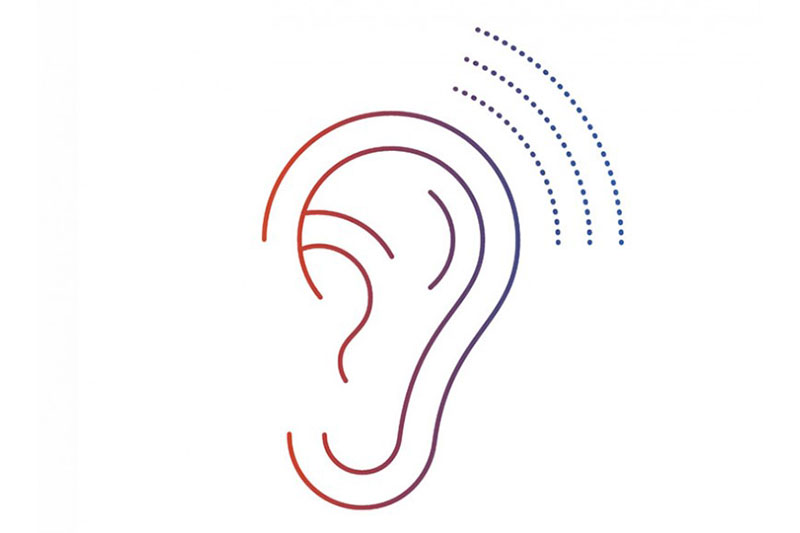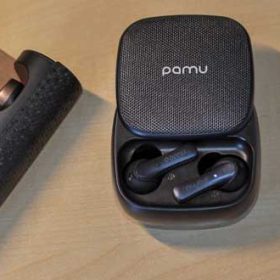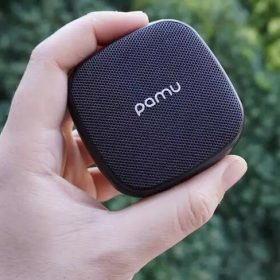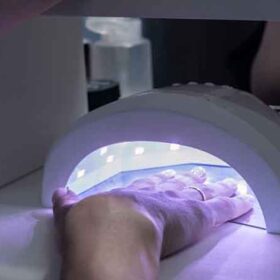There are 2 major families of hearing amplification devices: earloops and intra-auricular. In view of the constantly renewed requests from patients requesting a hearing aid that is as discreet as possible, we felt it necessary to discuss what is currently being proposed and, most importantly, what can be expected from it as objectively as possible.
1 – The intra-duct hearing device
It is a hearing aid that is placed in the ear canal. Its vocation is to be discreet, even almost invisible. There are different types:
ITE(In the Ear):
In ear hearing aids suitable for mild to severe hearing loss, its larger size makes it easier to handle.
CIC (Completely In the Canal):
The most discreet of the intra-duct hearing aids, the completely in the canal hearing aids is suitable for most hearing losses. However, it is contraindicated in the case of too narrow ear canals. The user can remove it and put it back at his convenience.
The IIC (Invisible In the Canal) :
Completely invisible, the IIC has a life of one quarter. It is placed by a hearing care professional and is worn 24 hours a day by the user.
2 – The hearing aid behind the ear
It is a hearing aid that is hidden behind the ear of the ear. The earphone output pressed into the ear canal, near the eardrum, flows its corrected amplification successively: in a ear-tube, an elbow, and a tube tip before reaching the ear canal.
There are two types :
The BTE (Behind The Ear):
The behind the ear hearing aid is best-known form of the hearing aid, it is also the most sold (7 to 8 hearing aids out of 10). It consists of two parts: the outline and the ear tip.
The outline is the electronic part of the device, it is placed behind the pavilion of the ear. The ear tip is a molding adapted to the morphology of the ear canal. It allows the maintenance and transmission of sound in the conduit. The two parts are connected thanks to an acoustic tube.
The mini BTE, which is a mini-earloop.
Appeared in 2004, he is more discreet than the earloop. This form is suitable for mild deafness.

Our 4 points of comparison
1 – Discretion
Intra-duct:
Almost invisible or invisible depending on the diameter of the ear canal, a contraindication is placed in the (rare) cases where, the ear canal being so small, the device can not be introduced.
Earloop:
The miniaturization technology has made mini-contours, more discreet than previous models. In different colors, they marry with the color of the hair. In addition, wearing long hair can make the devices almost invisible. However, short hair, balding, wearing glasses make the invisibility or the pose of the device obsolete.
2 – Performances
We can admit that the more the hearing aid is miniaturized, the less the amplification will be. This approach, however, no longer has any reason to be: the progress of technologies is such that the free choice is now the patient, in almost all cases.
However, when the hearing is very severely affected (severe and profound deafness), the contour remains better adapted.
However, these cases are rare: in fact, 80% of current hearing losses are presbyacousies , mild or average.
Intravenous:
The pavilion of the ear plays an indisputable role in hearing: it is known that accidental amputations of the flag cause a decrease in hearing acuity.
The function of the horn is to pick up sounds and focus them at the entrance to the external auditory canal.
This focus is a function of the walls of the auricle and their geometry.
An intra-duct hearing aid benefits from this natural property: the microphone is positioned in the outermost part of the hearing aid and captures a multidirectional sound thanks to a two or three-dimensional input. This input thus transmits a sound coming from several directions and contributes to drafting a stereophonic effect that only the binaural apparatus realizes, giving the auditory orientation.
Its performance is excellent and amplification similar to a contour, the result remains better.
Earloop:
The device is located behind the auricle, which limits its performance.
It captures less sound from an earlier source than does the intra duct.
The earloop allows amplifications larger than the intra ducts and remains for the most severe hearing loss.
3 – Tolerance
Intra-duct:
Very good with ready-to-wear, because the occlusive tip is made of soft silicone, allowing a painless play of the temporomandibular joint. In the case of customized equipment (with impression), one can sometimes feel a tension in the auditory canal, especially during chewing. Grinding, which slightly modifies the diameter of the ear canal, must then be practiced to avoid this discomfort.
Earloop:
Excellent. The earpiece that enters the ear canal, is a soft silicone tip (tip cone or tulip): it is not embarrassing.
However, the tip remains fragile and can break at the tube-tip junction.
It can also be, sometimes, bad occlusive, giving a shifted sound (digital sound of the device and its naturally perceived without amplification): the tip must then be redone.
4 – Solidity
Intra-duct:
No particular point of weakness for a compact device.
In elderly patients, the settings (when there is a dedicated dial), the introduction of the device into the ear canal and the change of batteries may be more difficult than with an earloop, because the smaller size of the intra-duct.
Earloop:
Two points of weakness identified:
- Earpiece loss: it is not uncommon, as an ORL, to be asked to remove the “forgotten” tip. This problem seems solved because demand is becoming rarer.
- The lead running through the tube leading to the conduit: a false contact may require a return to the hearing care professional.


























Leave a Reply